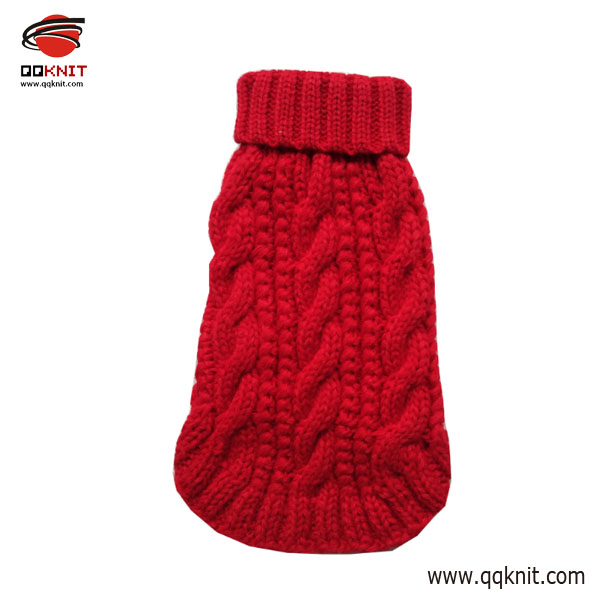Managing seasonality in demand for handmade dog jumpers requires strategic planning and flexibility from knitters. Here's how they use their intelligence to maintain balance and avoid crowded orders during peak hours:
1. **Forecasting Demand:** Handmade dog jumper knitters leverage their experience and market insights to forecast demand for different seasons and occasions. They analyze past sales data, monitor industry trends, and anticipate upcoming events to predict fluctuations in demand. By understanding seasonal patterns and customer preferences, knitters can adjust their production schedules and inventory levels accordingly.
2. **Flexible Production Capacity:** Knitters maintain a flexible production capacity to accommodate fluctuations in demand throughout the year. During peak seasons, they may increase their knitting capacity by hiring additional knitters or outsourcing production to trusted partners to handle increased order volume and ensure timely delivery. Conversely, during slower periods, they may scale back production or focus on developing new designs and improving product quality. By leveraging a flexible workforce, knitters can adapt to changing market conditions and manage seasonality more effectively.
3. **Batch Processing:** Knitters adopt batch processing techniques to streamline their production workflow and manage orders more effectively. Instead of working on orders individually, they group similar orders together based on size, color, or design specifications and process them in batches. This approach allows knitters to maximize efficiency, minimize setup time, and optimize their knitting time, resulting in faster turnaround times and reduced backlog during peak periods.
4. **Prioritizing Orders:** Knitters prioritize orders based on factors such as order size, complexity, and delivery deadlines. During peak hours, they may give priority to larger orders or customers with urgent delivery requirements to ensure timely fulfillment. By managing order priorities effectively, knitters can maintain a balanced workload and prevent overcrowding in production.
5. **Communication with Customers:** Knitters communicate transparently with customers about production lead times, order availability, and expected delivery dates. They set realistic expectations and provide regular updates on order status to keep customers informed throughout the process. By managing customer expectations and addressing inquiries promptly, knitters can minimize dissatisfaction and maintain positive relationships with customers.
6. **Strategic Marketing and Promotion:** Knitters strategically market their handmade dog jumpers to align with seasonal trends and events. They launch targeted marketing campaigns, create seasonal collections, and offer special promotions and discounts to attract customers during peak seasons. By effectively promoting their products and capitalizing on seasonal opportunities, knitters can drive sales and mitigate the impact of crowded orders.
7. **Diversification of Products:** Knitters diversify their product offerings to minimize the impact of seasonality on their business. In addition to dog jumpers, they may offer complementary products such as pet accessories, toys, or home decor items that appeal to customers year-round. By diversifying their product portfolio, knitters can generate revenue and maintain a steady workload even during slower seasons for dog jumpers.
8. **Continuous Improvement:** Knitters continuously evaluate their production processes and identify opportunities for improvement to enhance efficiency and productivity. They invest in technology, tools, and training to optimize their knitting techniques and reduce turnaround times. By embracing a culture of continuous improvement, knitters can adapt to changing market dynamics and improve their ability to manage seasonality effectively.
In summary, handmade dog jumper knitters use their intelligence and strategic planning skills to manage seasonality in demand effectively. By forecasting demand, maintaining flexible production capacity, strategically marketing their products, prioritizing orders, communicating with customers, and continuously improving their processes, knitters can avoid crowded orders during peak hours and ensure a balanced workload throughout the year.
The following Products may interest you!
Post time: Apr-15-2024



